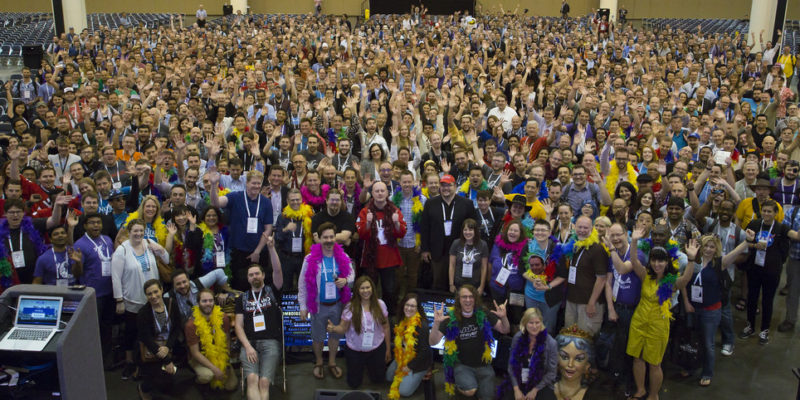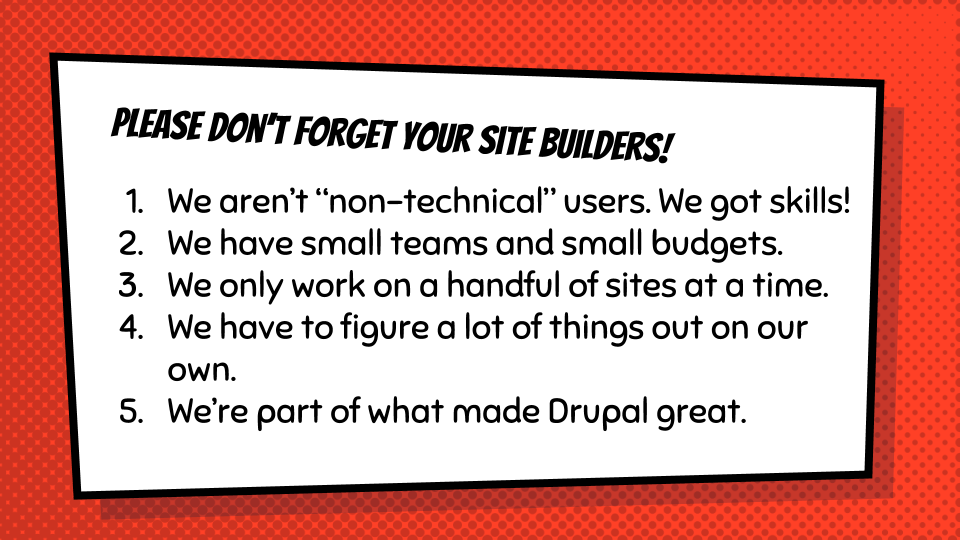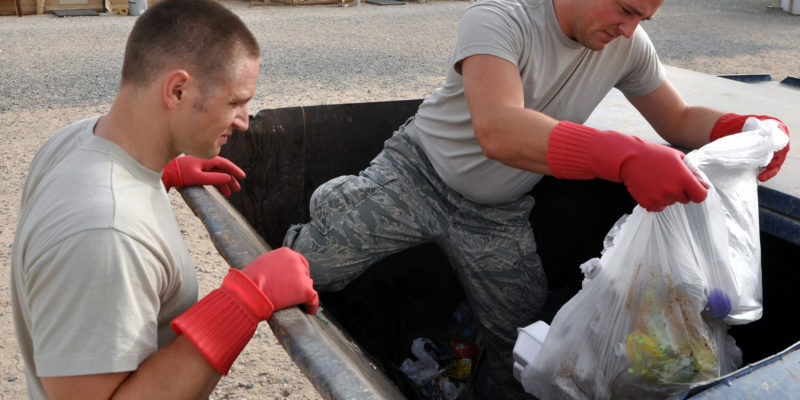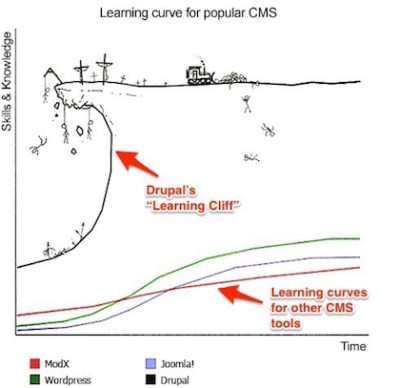I was disgusted to learn today that progressive tech leader Clay Johnson has been harassing women he worked with with almost no repercussions for years. I’m appalled that I never knew about any of this in spite of being in his professional orbit the entire time. I even know some of the people quoted in the story, although not very well. We have to learn to tell the truth, shout it if we have to, and stop covering for people.
The fact that this stuff started so long ago and that even Clay seems to agree he should have been fired from the Dean campaign, but instead he was able to build an entire successful career on it while continuing to abuse people is such a great illustration of how tolerance of chauvinism systematically holds women back and keeps us out of leadership positions while simultaneously reinforcing itself by promoting these men ever higher.
Reading about his behavior at the Sunlight Foundation you can see that it wasn’t a secret. In fact the staff had to band together to alienate him since the organization wasn’t protecting them from him.
Every man that gets ahead while abusing people is keeping at least one other person from succeeding, and is taking up space that should go to people with better judgement than his. Then people look around and wonder why they don’t see as many women “qualified” for top leadership positions! Women are missing the opportunity to build our careers because we are trying to protect our dignity and bodily integrity from creeps who some other men think are geniuses.
I’m not mad at people for not exposing this sooner, because I know how hard it is (was?) to go public. I’m disgusted at Clay himself, but even more sick of the systems that just continue this culture and people who refuse to think beyond their own tiny bubbles. (ie: Well he’s not harassing me or anyone I care about, so I’m OK.) Of course I’m disappointed with Joe Trippi, but I wouldn’t expect any better from him. People like him are the reason I avoid certain lines of work.
Of course we should be able to expect our leaders to do better, but given that most of them are men that got there by succeeding in the current culture (if not actual harassers themselves) or women who got there by not rocking the boat too much, I’m not counting on them. The rest of us need to take care of each other by speaking out as publicly as we can when we find out about this stuff.
Hopefully people speaking out will eventually put more and more pressure upward on leaders to do the right thing in the first place before their new hire becomes the latest scandalous headline. Unfortunately I don’t expect any of this to change significantly before my son comes of age in about 10 years. I’m thinking of how us non-leaders can develop a strategic defense against the tsunami of bullshit.
Leaders like Zephyr Teachout are calling for better (or any) processes to address harrassment in political campaigns, but this problem is much bigger than the culture of political campaigns and nonprofits that take advantage of people’s dedication to the cause to keep them quiet. I’m not going to assume any of these institutions have my back until they have shown me that.
People need solidarity with each other, we can’t wait around for some brave leaders to save us. They’re not coming to help unless we force them to. I loved the way the Sunlight staff responded. I’d like to see much more of that.
Much of this post was initially written in conversation on Facebook with my friend Zephyr Teachout, hence some disjointedness.










